Testimonials
New netter/longliner Stormhav has YANMAR power inside
The Norwegian fishing industry has a new jewel in the crown: the recently launched Stormhav, an almost 28-meter-long combined line and net ship. This netter/longliner replaces a 25-year-old vessel and represents a safer workplace for the crew and better conditions for onboard fish processing for shipowner Håkon-Inge Mjånes of Stormhav AS. The vessel is powered by a YANMAR 6EY17W medium-speed marine engine, providing reliable propulsion for safe and durable navigation at sea.
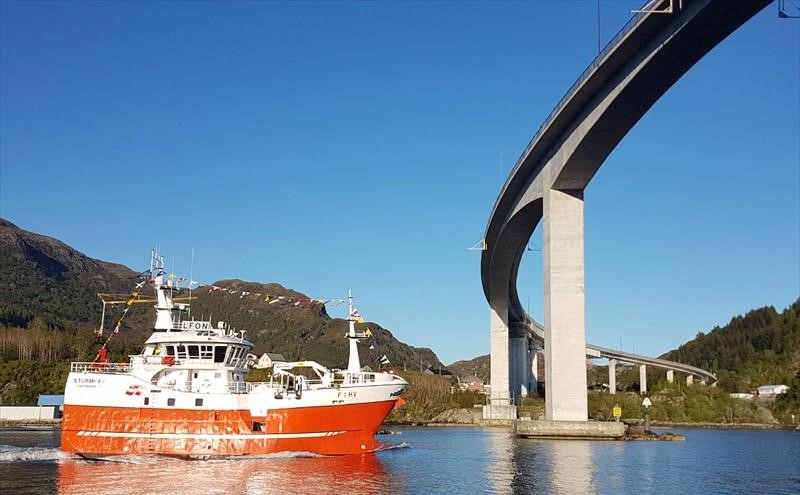 |
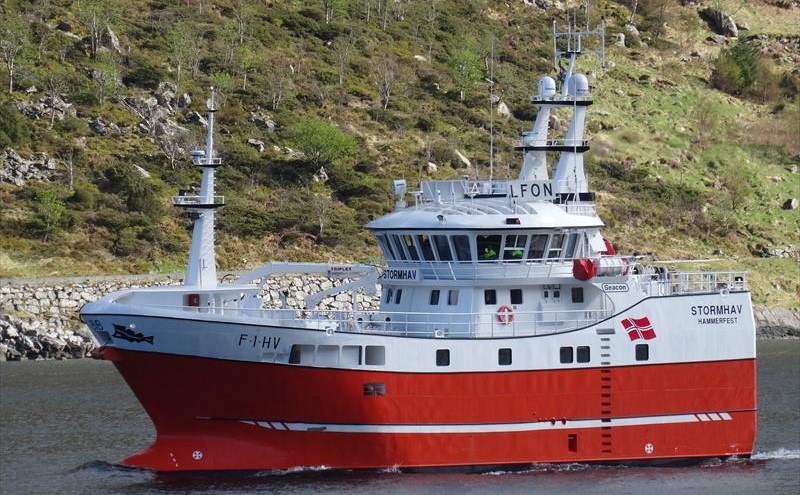 |
Verlo’s advice and commissioning
Stormhav AS has chosen YANMAR as the main engine supplier because of the good reputation in the marine market for reliability and durability. In close consultation with the authorised YANMAR dealer Verlo in Norway, Stormhav decided that the YANMAR 6EY17W marine engine, delivering 749kw at1350rpm was the best fitting engine for their new vessel.
Test runs
When the vessel was launched from the shipyard, the Stormhav made a number of test runs along the west coast of Norway, close to the shipyard to make sure everything worked as expected. In August, when the blue halibut fishing season opened, the trip went north to Finnmark. Due to the current COVID-19 safety measures the vessel was launched without the traditional christening, but with a short launching ceremony on 25 August.
Designed by Seacon
Stormhav is designed and developed by the maritime engineering company Seacon AS in Måløy with design designation SC28. The new vessel has 206 cubic metres of refrigerated/chilled fishroom space, capacity for 90 cubic metres of fuel and accommodation for a crew of up to 14. The vessels of the SC28 series are optimized with regard to regulations, and constructed with a strong focus on design, comfort, environment and catch quality.
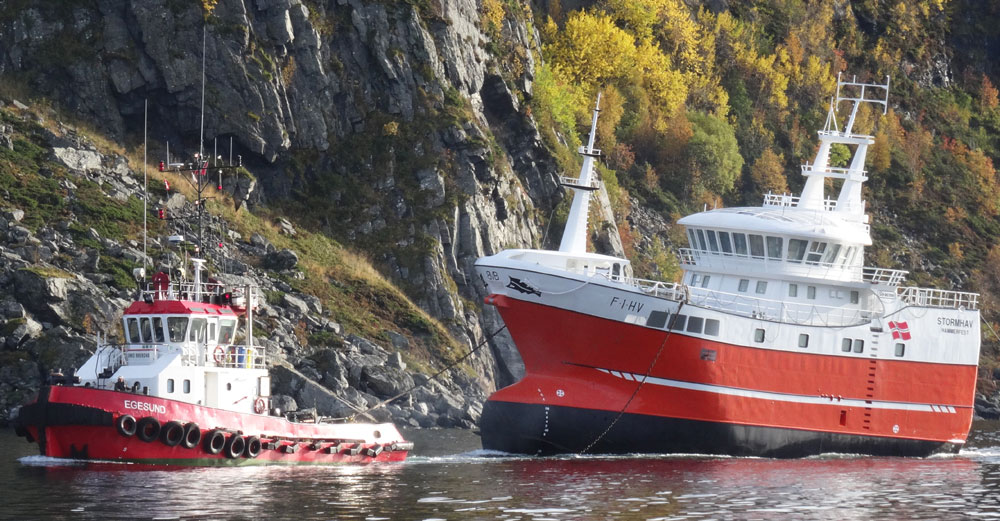
Safer workplace
Shipowner Håkon-Inge Mjånes shares his experience with his new vessel. “It is great for us to have a safer workplace, and get more out of the raw material. At the same time, we get more jobs on the same quota basis. We have increased from 9 to 24 people, divided into two shifts. It is a great development from when we started 15 years ago and were only three of us.”
High commitment
YANMAR’s medium-speed engines have proven to be a leading choice for many operators because of their reputation for reliability, durability and performance, while demonstrating low fuel/oil consumption and optimizing labour savings in terms of very easy installation and maintenance. Furthermore, during each design process, YANMAR demonstrates a very high commitment to supporting all parties – ship owners, designers and shipyards – in order to find the right solution.
MS Stormhav
- Designer: Seacon AS, Norway
- Shipyard: Stadyard
- Owner: Stormhav AS Norway
- Engine: YANMAR 6EY17W
Reliable, safe, economical power
- Safe & economical operation
- High reliability & durability
- Low fuel oil consumption / low emission
- Life Cycle Value
- Easy installation and easy maintenance
- Low noise and low vibration
YANMAR marine engines take the latest emission and environment regulations (IMO Tier II) into account by reducing harmful emissions (NOx/CO2/SOx) and hazardous materials. Ship owners and ship builders can choose from an extensive line of diesel solutions from 21-4500 kW to meet the challenges of their commercial marine applications.
Each project unique
YANMAR medium speed engines are being used in a variety of vessels operating in different applications and regions all over the world. Projects range from fishing and offshore vessel applications to live fish carriers and latest super modern hybrids. Each project is unique in terms of its design, requirement and operation, but one thing is consistent: these vessels are operated in the most severe conditions imaginable, including freezing blasts in the Arctic and fluctuating tropical temperatures at the equator. As a result, ship owners, designers and shipyards are increasingly looking to new solutions to achieve high efficiency during reliable engine operation.
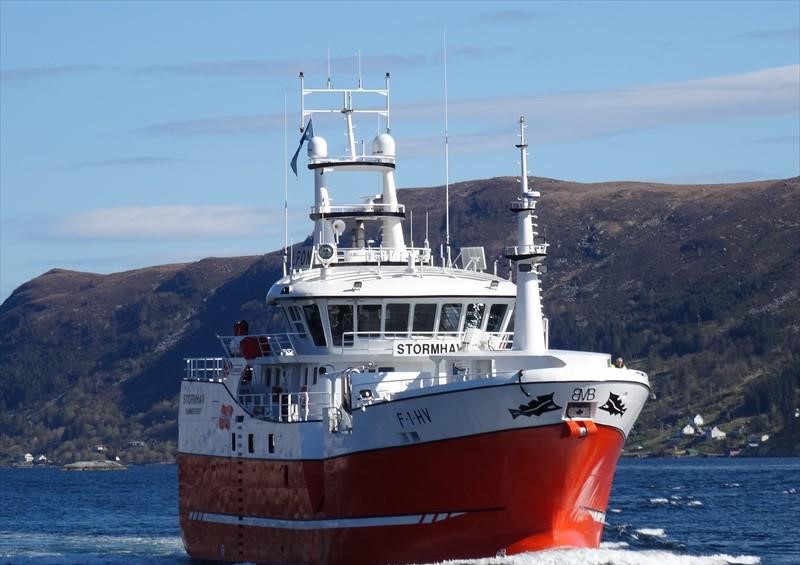 |
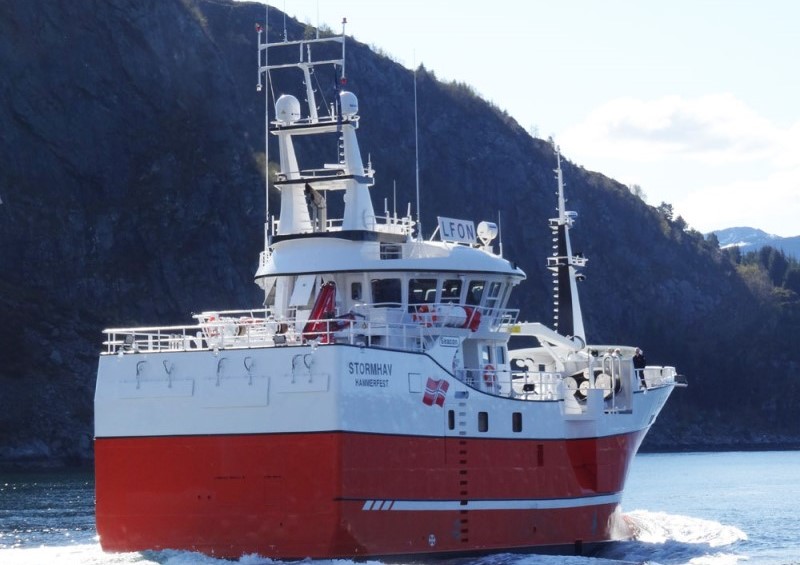 |



